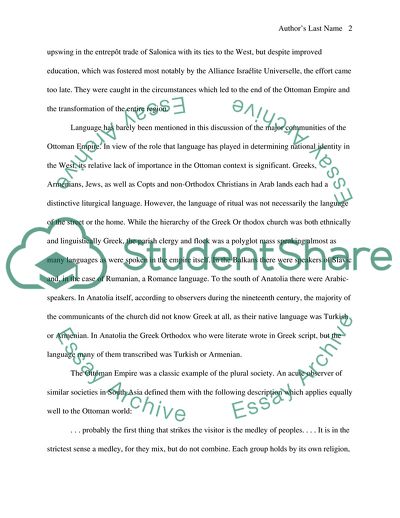Cite this document
(Cultures in Conflict Essay Example | Topics and Well Written Essays - 1500 words - 1, n.d.)
Cultures in Conflict Essay Example | Topics and Well Written Essays - 1500 words - 1. https://studentshare.org/culture/1710764-cultures-in-conflict
Cultures in Conflict Essay Example | Topics and Well Written Essays - 1500 words - 1. https://studentshare.org/culture/1710764-cultures-in-conflict
(Cultures in Conflict Essay Example | Topics and Well Written Essays - 1500 Words - 1)
Cultures in Conflict Essay Example | Topics and Well Written Essays - 1500 Words - 1. https://studentshare.org/culture/1710764-cultures-in-conflict.
Cultures in Conflict Essay Example | Topics and Well Written Essays - 1500 Words - 1. https://studentshare.org/culture/1710764-cultures-in-conflict.
“Cultures in Conflict Essay Example | Topics and Well Written Essays - 1500 Words - 1”. https://studentshare.org/culture/1710764-cultures-in-conflict.


